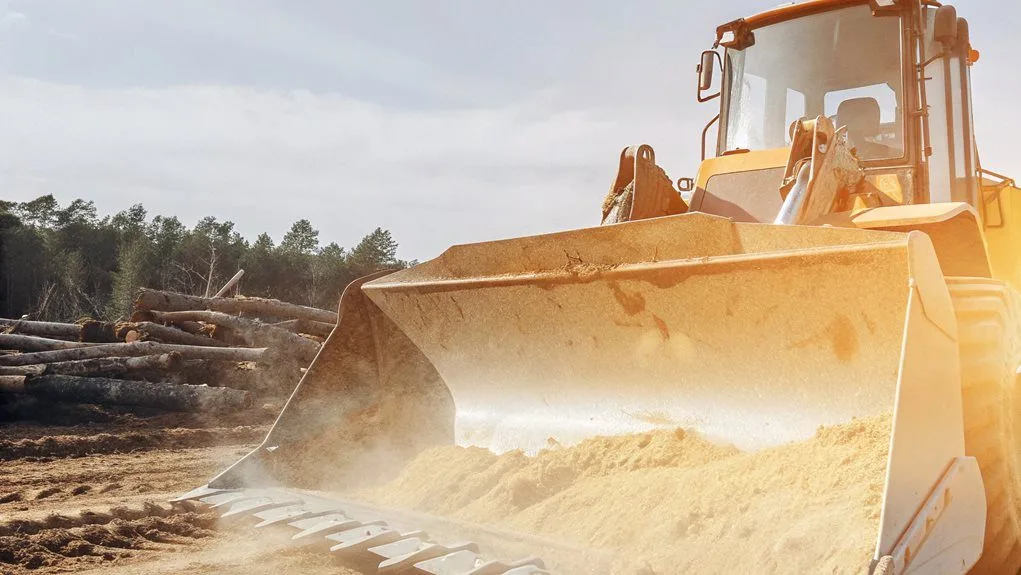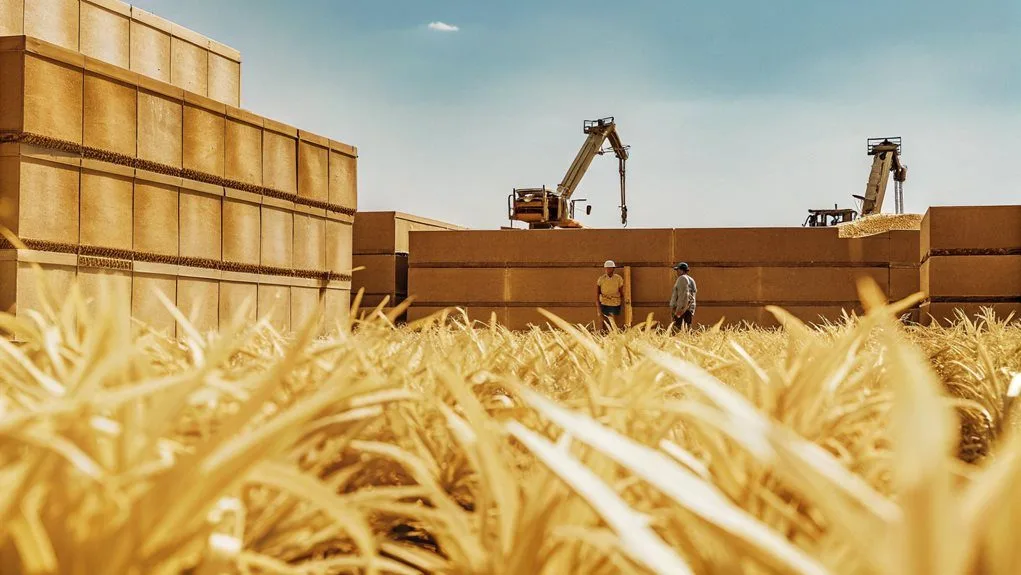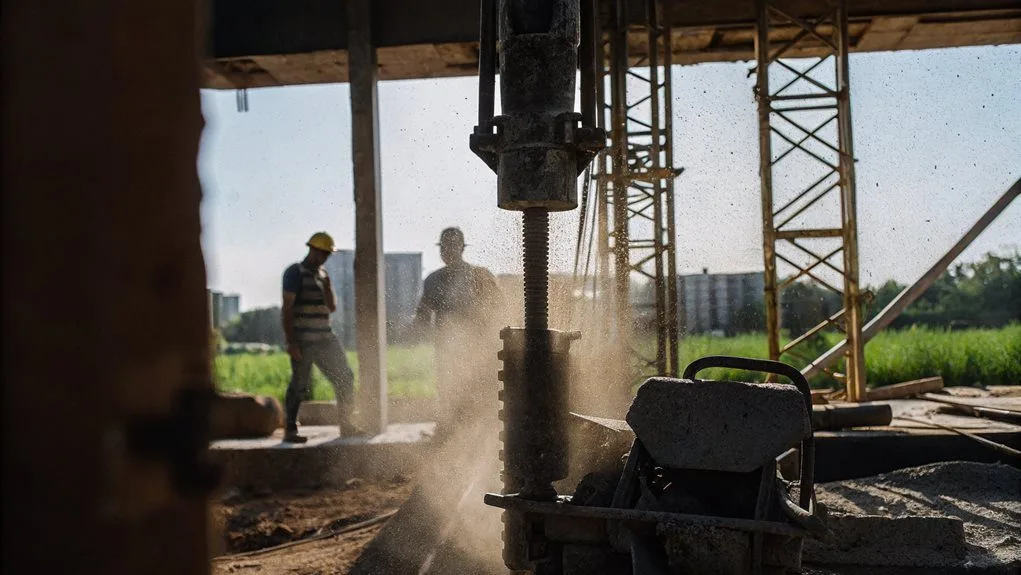Navigating the complexities of long-distance plant equipment towing requires more than just a robust truck and trailer. You're seeking reliable strategies to transport heavy machinery without hiccups, ensuring your valuable assets arrive safely and on time. The road ahead is fraught with challenges—from securing oversized loads to navigating regulatory hurdles and mitigating transit risks. These are not mere inconveniences but critical obstacles that can derail your project's timeline and inflate costs.
With years of experience in the logistics and heavy haulage industry, we understand the intricacies of towing plant equipment over long distances. We're here to guide you through the labyrinth of planning, executing, and managing your equipment's journey with precision and care. By addressing your concerns with tailored advice, we aim to transform this daunting task into a manageable, even seamless, process.
As we delve into the essential tips for successful long-distance towing, rest assured, your quest for a smooth operation is about to get a practical roadmap, encouraging you to read on for insights that align perfectly with your needs.
Key Takeaways
- Plan routes carefully, considering road conditions, traffic patterns, and inclines.
- Ensure trailer preparation by checking hitch attachment, brakes, lights, equipment, weight distribution, and tire condition.
- Prioritize practice and training to enhance towing skills and problem-solving abilities.
- Stay updated on towing regulations and comply with legal requirements for safe and efficient towing operations.
Route Planning
When planning the route for long-distance plant equipment towing, it is crucial to consider road conditions, traffic patterns, and inclines. Route planning plays a significant role in ensuring the safe and efficient transportation of plant equipment. By carefully assessing road conditions, such as the presence of potholes or construction work, one can identify the most suitable routes that minimize the risk of damage to the equipment.
Likewise, understanding traffic patterns allows for the selection of routes with minimal congestion, enabling smoother progress and reducing the chances of accidents.
In addition, inclines must be taken into account when planning the route. Steep hills or mountainous terrains can pose challenges for towing heavy plant equipment. By identifying and avoiding roads with severe inclines, the risk of vehicle strain and potential accidents can be minimized. Weight restrictions on certain roads must also be considered to comply with legal requirements and ensure the safety of the towing operation.
Moreover, route planning involves identifying suitable fuel stops and rest areas along the way. These stops not only provide an opportunity to refuel the towing vehicle but also allow for rest and refreshment for the drivers. It is essential to map out these stops in advance to ensure a smooth journey and prevent unnecessary delays.
Trailer Preparation
Proper trailer preparation is essential for ensuring the safe and efficient towing of plant equipment over long distances. One of the first steps in trailer preparation is to ensure that the trailer hitch is securely attached to the towing vehicle. This is crucial for preventing accidents and maintaining stability during transportation.
To comply with road safety regulations and enhance visibility while towing, it is important to check the trailer brakes, lights, and signals. This not only ensures the safety of the driver and other road users but also helps in avoiding any legal consequences.
In order to prevent any shifting or damage during transportation, it is necessary to securely fasten all equipment on the trailer. This not only reduces the risk of accidents on the road but also protects the valuable plant equipment being transported.
Weight distribution on the trailer is another important aspect of trailer preparation. It is crucial to distribute the weight of the plant equipment evenly on the trailer to maintain balance and prevent swaying while towing long distances.
Lastly, inspecting the trailer tires for wear and proper inflation is vital for safe and efficient towing. Well-maintained trailer tires ensure better traction, stability, and fuel efficiency during the journey.
Practice and Training
To ensure optimal safety and efficiency when towing plant equipment over long distances, it is essential to prioritize practice and training. Heavy equipment hauling requires specialized skills and knowledge, and participating in training programs that focus on plant equipment towing techniques can significantly improve your abilities in this field. These programs provide valuable insights into the specific requirements and challenges associated with towing heavy equipment, allowing you to better prepare for the task at hand.
In addition to formal training, regularly reviewing and updating your knowledge of towing regulations and best practices for plant equipment is crucial. This ensures that you stay up to date with any changes or updates that may affect your towing operations. By staying informed, you can avoid potential violations and ensure that you are towing in compliance with the law.
Engaging in mock towing scenarios is another valuable practice that can enhance your skills and problem-solving abilities. These simulations simulate real-life challenges and allow you to test different towing techniques and strategies in a controlled environment. Through these exercises, you can identify areas for improvement and refine your towing skills, ultimately enhancing safety and efficiency.
Let’s Get to Work!
When it’s time to get things done, you want speed, safety, and support. With Bendet’s Plant Hire, Tool Hire, Earthmoving Services, Forestry Services, and Breakdown & Towing Services, you’re ready for anything.
Don’t forget—on the open road, you can always rely on Africa Tyres and Piet Retief Truck Stop to keep your journey smooth. Pick your service, hit the link, and let’s get building together!






